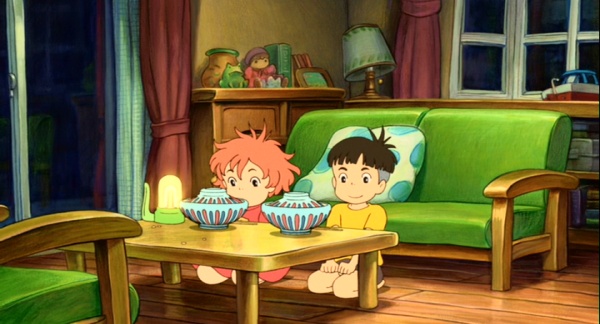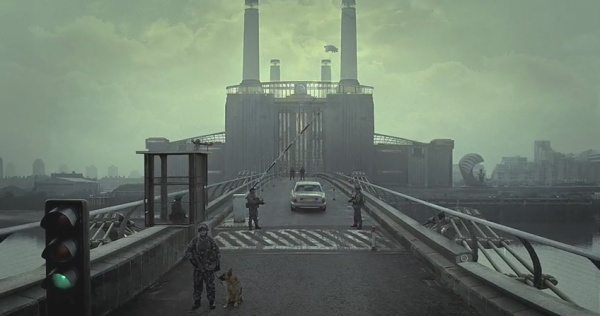My wife and I had been batting around the notion of attending Roger Ebert's annual film festival in Champaign, Illinois for a few years, but this was the first year in which we actually had the will and the wherewithal to make the three-hour trek up from St. Louis. Two factors sealed the deal in 2010: 1) Charlie Kaufman was going to be at the festival for a screening of Synecdoche, New York, a film for which I have been enthusiastic evangelist; and 2) Ebert has, of course, been engaged in a remarkably public struggle with cancer, and, frankly, I wanted to see him in person and experience his peculiar cult of personality firsthand while he was still around.
Time off from work is at a premium right now, so the wife and I made plans to attend on Friday and Saturday only, heading up to Champaign on Thursday night. As one might expect, the festival is fairly small in scale. The only screening venue is the Virginia, an 89-year-old downtown theater built in the Italian Renaissance and Spanish Renaissance styles, and now owned by the city's parks district. Given its age, the Virginia has been maintained fairly nicely, although there is apparently plenty of ongoing restoration. The facade of the building is especially gorgeous, with classy touches like the painted relief sculptures above the second-story windows. (The marquee, however, is in rough shape, and could use some attention.) The interior is evidently on the cusp of a round of restoration, and it definitely feels a bit more worn and cheap than the exterior, epitomized by the the acoustic drop ceiling and track lighting in the lobby.
On the upside, the theater has balcony seating--which is rare in St. Louis--and state-of-the-art projection and sound systems, not to mention two vintage projectors capable of showing 70-mm films. The lush auditorium boasts a full, retractable curtain and an elevated stage deep enough to accommodate post-film discussion panels. The seats are adequate, if not the most comfortable. The main problem I had with the seating was the spacing of the rows, which is both very tight and apparently variable from row to row. Long-limbed guy that I am, I quickly tumbled to which rows gave me an extra couple of inches, so that my knees weren't pressing painfully on the seats in front of me. (The festival staff were fairly strict about the no-camera policy in the auditorium. Hence the dearth of photos.n I really didn't want to get bounced on my first day.)
The admittance system for the festival is interesting. Festival pass holders show up very early each day and line up to claim their seat for that day. The staff allows pass holders to "mark" their seat with an article of clothing, program, or other item. This permits them to leave between screenings, and then breeze back in just before the film to reclaim their seat. People with tickets to individual screenings (which was our situation) line up about a half-hour before a film starts, and are let in about fifteen minutes prior, whereupon they scramble for the better seats not already claimed by pass holders. Finally, just before the screening starts, the theater permits people to buy "rush tickets" for all the empty seats in the house (due to pass holders who skip out on that screening, or to absent ticket holders). As you can imagine, getting everyone seated for each screening ends up being a fairly chaotic, laborious process, with the theater repeatedly urging viewers to find their seats and ushers sweeping through to find open spots for the rush ticket holders. It's definitely a system that privileges pass holders; if I ever attend the festival again, I'll likely be putting the money on the barrelhead for a pass.


















